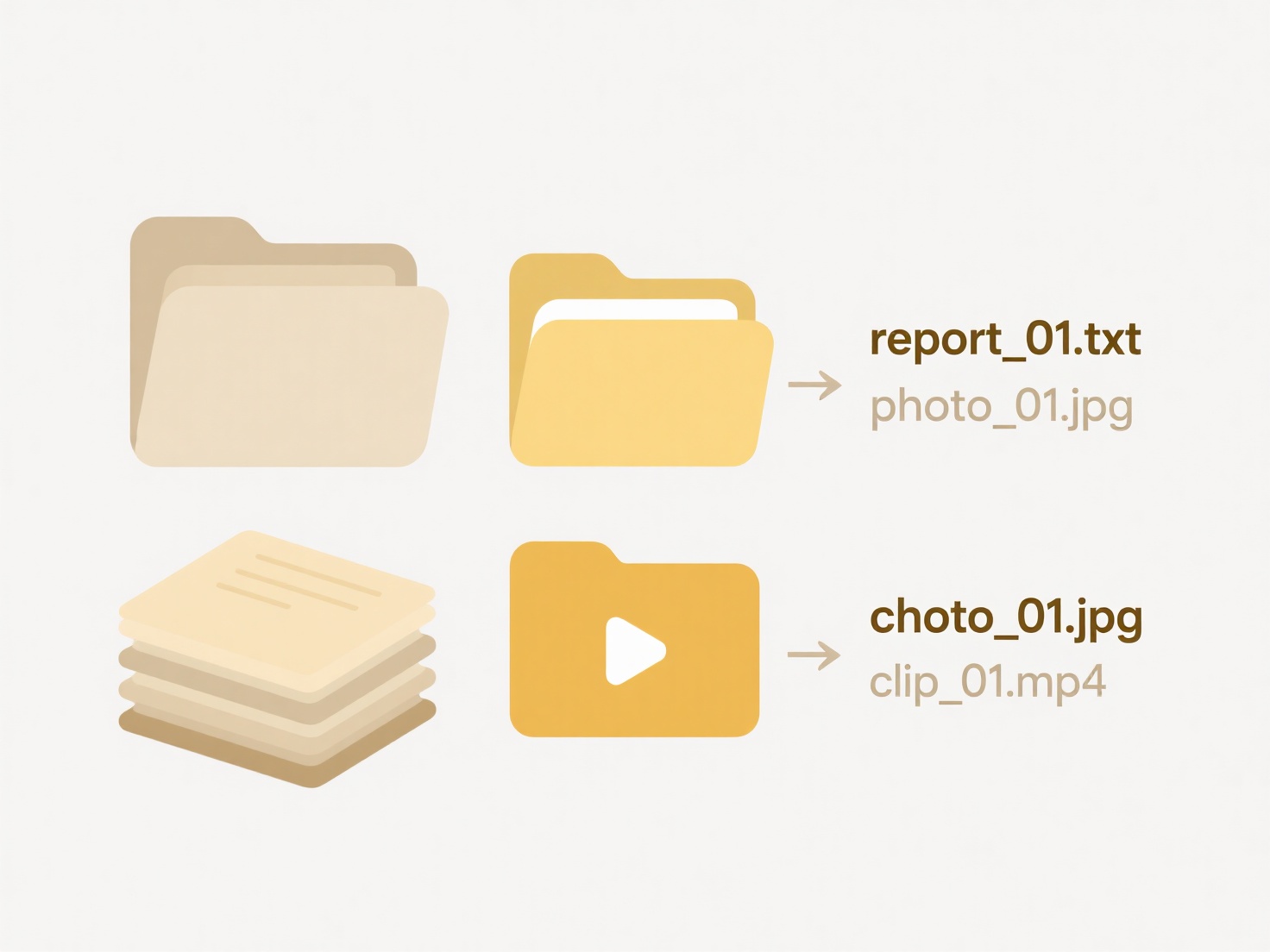
Opening files from unknown sources refers to accessing digital content (like documents, links, or executables) received from untrusted or unverified origins. It involves inherent security risks because these files can contain hidden malware - malicious software such as viruses, spyware, or ransomware designed to damage your computer, steal data, or take control of your system. Unlike files from known, reputable sources, those from unknown origins lack a verified safe history and are more likely to be deliberately harmful.
For instance, a common risk scenario involves downloading and opening email attachments from unknown senders or clicking on links in suspicious emails (phishing attempts). Similarly, using USB drives received from unfamiliar sources or downloading software from unverified websites introduces significant risk. Malware delivered this way can encrypt corporate files for ransom in businesses or steal personal banking credentials from home users.

While accessing such files might sometimes be necessary, it's strongly discouraged due to the high potential for significant harm like data loss, financial theft, and system compromise. Limitation includes antivirus software not always detecting novel threats. Ethical considerations involve protecting not only your own data but also preventing the spread of malware. Always verify the sender and source, use security software, and consider opening files in isolated environments (sandboxes) if essential. The future involves increased reliance on advanced threat detection and zero-trust security models.
Can I safely open files from unknown sources?
Opening files from unknown sources refers to accessing digital content (like documents, links, or executables) received from untrusted or unverified origins. It involves inherent security risks because these files can contain hidden malware - malicious software such as viruses, spyware, or ransomware designed to damage your computer, steal data, or take control of your system. Unlike files from known, reputable sources, those from unknown origins lack a verified safe history and are more likely to be deliberately harmful.
For instance, a common risk scenario involves downloading and opening email attachments from unknown senders or clicking on links in suspicious emails (phishing attempts). Similarly, using USB drives received from unfamiliar sources or downloading software from unverified websites introduces significant risk. Malware delivered this way can encrypt corporate files for ransom in businesses or steal personal banking credentials from home users.

While accessing such files might sometimes be necessary, it's strongly discouraged due to the high potential for significant harm like data loss, financial theft, and system compromise. Limitation includes antivirus software not always detecting novel threats. Ethical considerations involve protecting not only your own data but also preventing the spread of malware. Always verify the sender and source, use security software, and consider opening files in isolated environments (sandboxes) if essential. The future involves increased reliance on advanced threat detection and zero-trust security models.
Related Recommendations
Quick Article Links
Why does my file crash the app when opening?
Files crash apps when opening due to a mismatch between the app's expectations and the file's data. Common causes includ...
Can I export files based on metadata or tags?
Metadata refers to descriptive information attached to files, such as creation date, author, or file type. Tags are user...
Should I version files in the name (e.g., v1, v2) or use folders instead?
File versioning tracks changes to documents or assets over time. Two common approaches exist: embedding version identifi...